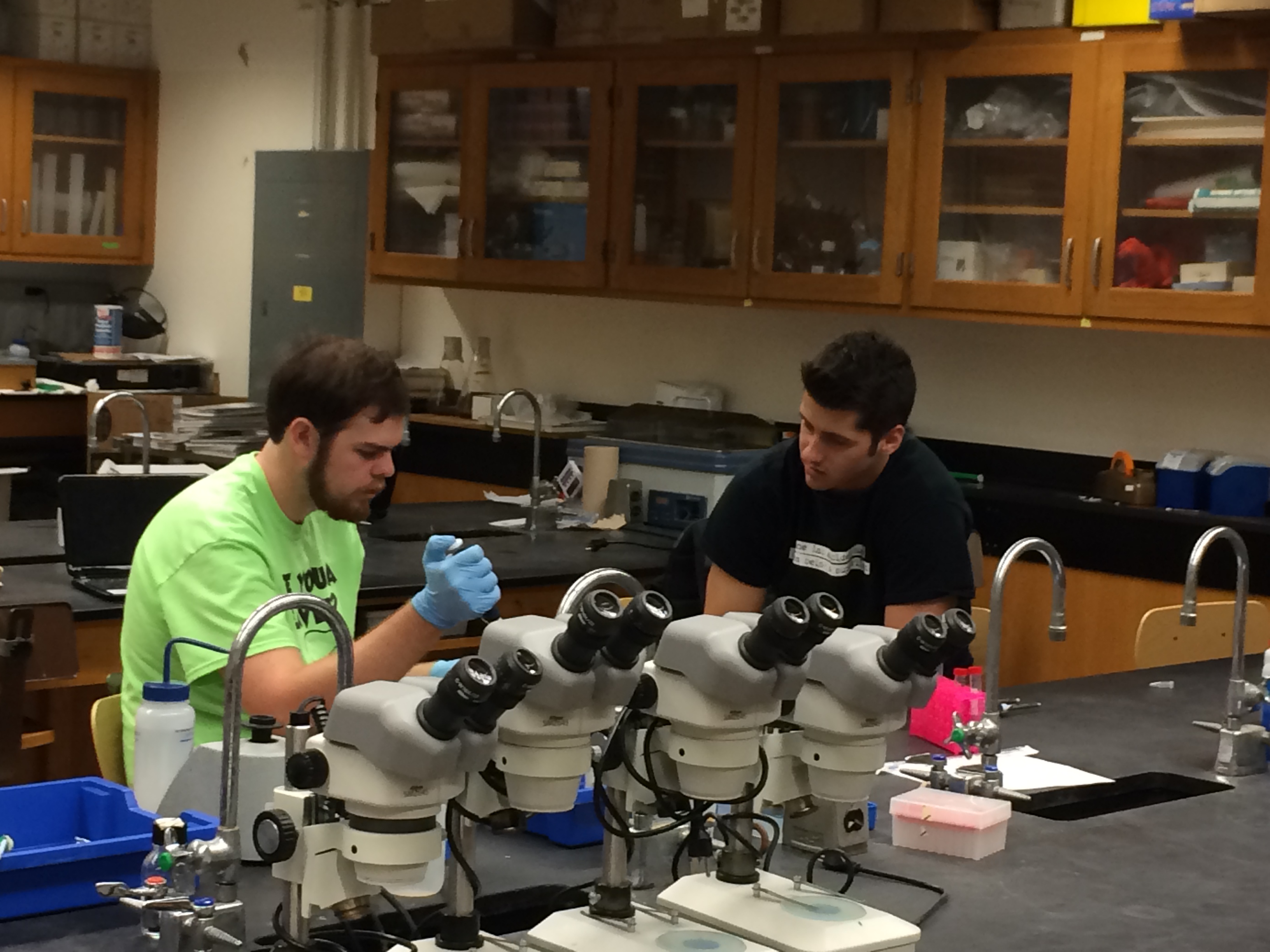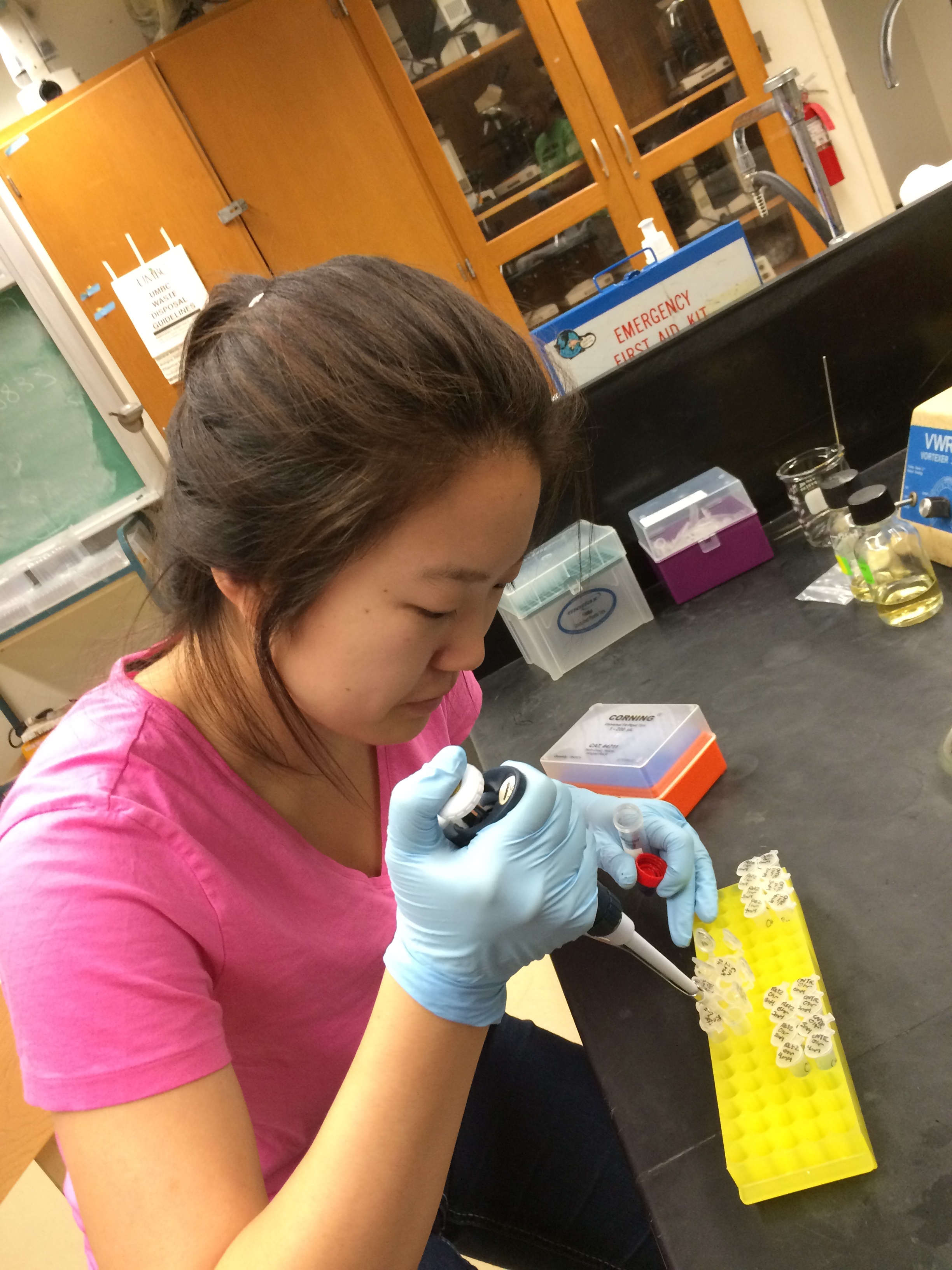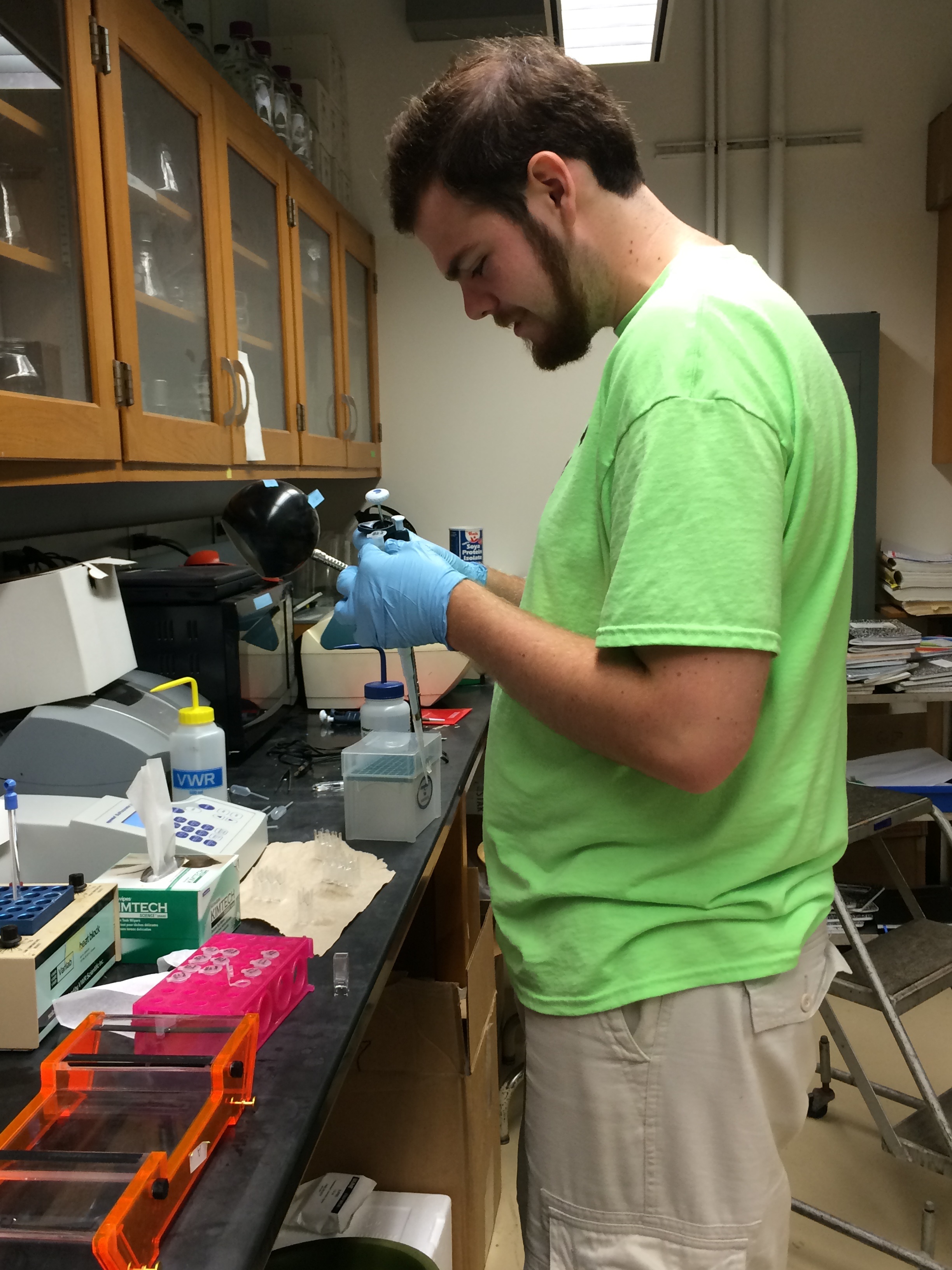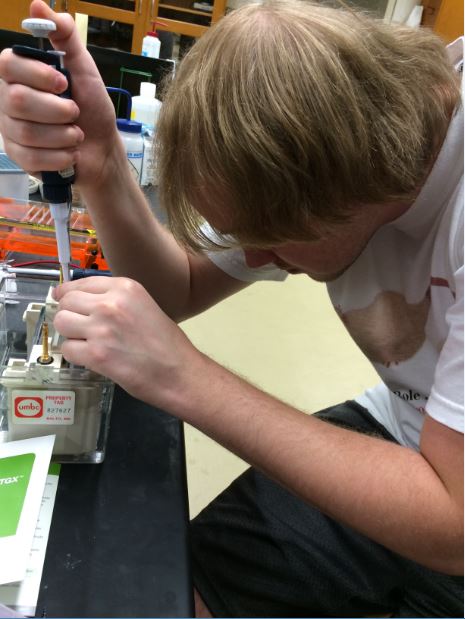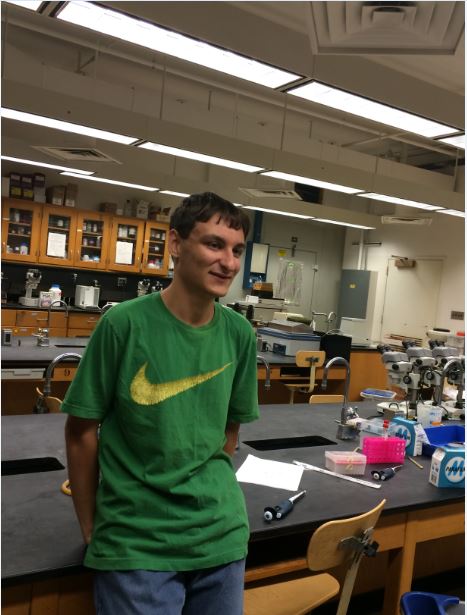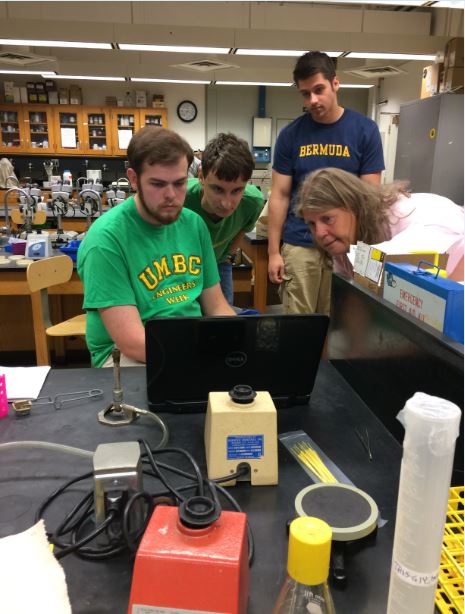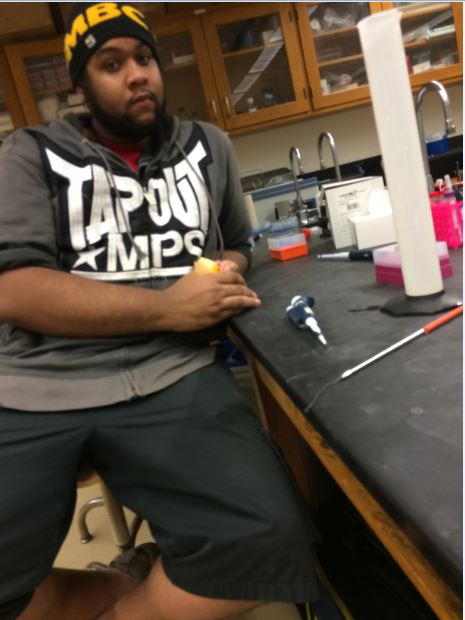Difference between revisions of "Team:UMBC-Maryland/Safety"
| (One intermediate revision by one other user not shown) | |||
| Line 5: | Line 5: | ||
<br> <br> | <br> <br> | ||
| + | <p> Our chassis organism was E. Coli K12. We worked under sterile conditions using a flame and ethanol to sterilize the surfaces. All our plates/tubes were kept parafilmed and stored in a dedicated lab refrigerator/freezer. We clearly labeled all samples and were stored appropriately. We worked with Ethidium Bromide when staining our gels and made sure to gfollow handling and safety protocols. We wore nitrile gloves whenever handling organisms and deposited wastes in the appropriate containers. All flasks and tubes were autoclaved and bleached when finished. We wore appropriate lab attire and made sure to adhere to other lab safety guidelines. </p> | ||
| + | |||
| + | This project can be used for copper remediation in the real world. If our project was applied in the real world, some risks involved would include the possibility of disturbing the natural habitat of other organisms, as well as creating an oxygen-limiting environment. We could include a mechanism to prevent extensive growth, or we could create a method to capture the cells after sufficient copper absorption. | ||
| + | <br> <br> | ||
| + | |||
</html> | </html> | ||
[[File:UMBC-LabPic1.jpg|500px]] | [[File:UMBC-LabPic1.jpg|500px]] | ||
| Line 14: | Line 19: | ||
[[File:UMBC-LabPic7.jpg|300px]] | [[File:UMBC-LabPic7.jpg|300px]] | ||
<html> | <html> | ||
| − | |||
| − | |||
| − | |||
| − | |||
| − | |||
| − | |||
| − | |||
| − | |||
| − | |||
| − | |||
| − | |||
| − | |||
| − | |||
| − | |||
| − | |||
| − | |||
| − | |||
| − | |||
| − | |||
| − | |||
| − | |||
| − | |||
| − | |||
| − | |||
| − | |||
| − | |||
| − | |||
Latest revision as of 04:37, 18 September 2015
Safety in iGEM
Our chassis organism was E. Coli K12. We worked under sterile conditions using a flame and ethanol to sterilize the surfaces. All our plates/tubes were kept parafilmed and stored in a dedicated lab refrigerator/freezer. We clearly labeled all samples and were stored appropriately. We worked with Ethidium Bromide when staining our gels and made sure to gfollow handling and safety protocols. We wore nitrile gloves whenever handling organisms and deposited wastes in the appropriate containers. All flasks and tubes were autoclaved and bleached when finished. We wore appropriate lab attire and made sure to adhere to other lab safety guidelines.
This project can be used for copper remediation in the real world. If our project was applied in the real world, some risks involved would include the possibility of disturbing the natural habitat of other organisms, as well as creating an oxygen-limiting environment. We could include a mechanism to prevent extensive growth, or we could create a method to capture the cells after sufficient copper absorption.